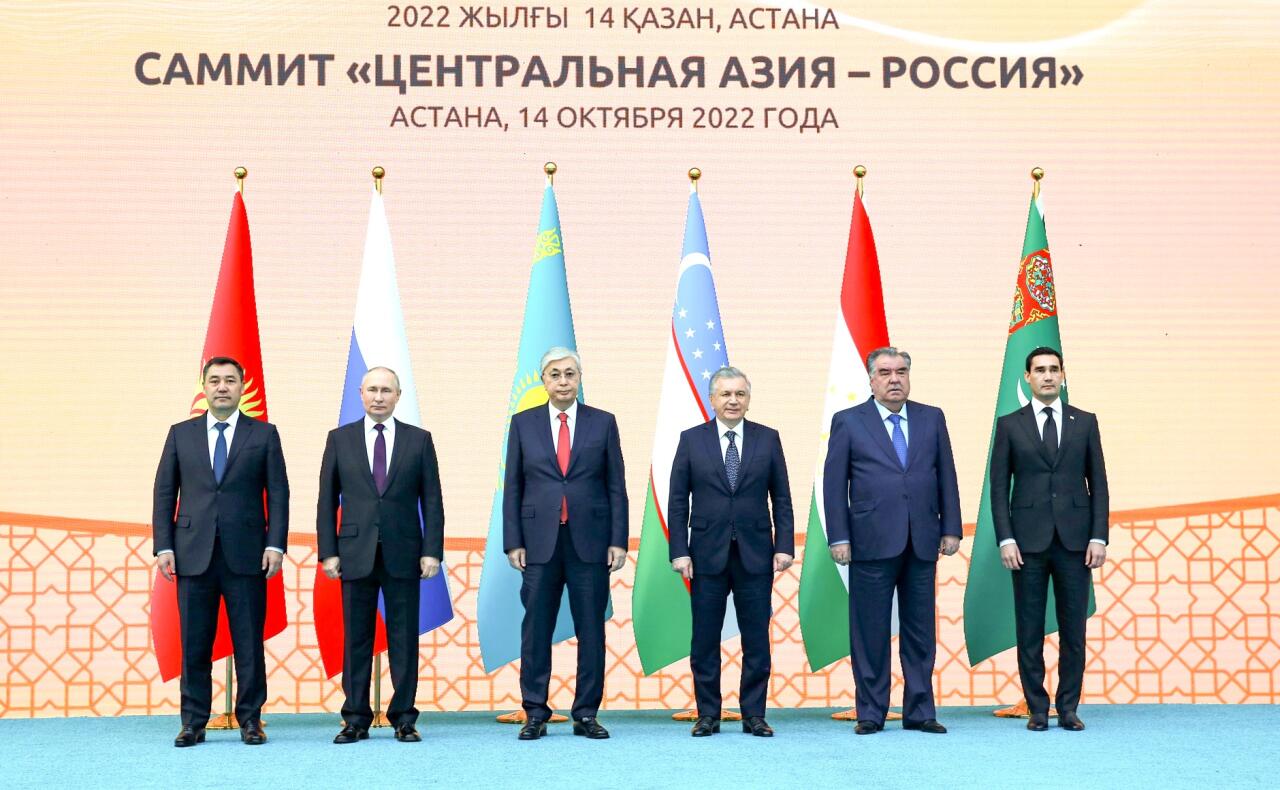Talks in Dushanbe. Trade, investment, and new cooperation formats in CIS
11:43 EnA series of major international events is set to begin in the capital of Tajikistan, promising to shape regional policy for the years ahead. Today, October 9, the second "Russia-Central Asia" summit is taking place in Dushanbe, followed tomorrow by a meeting of the Council of Heads of the Commonwealth of Independent States (CIS). Both forums share a common goal: strengthening trade and investment cooperation, developing transport links, and jointly addressing security challenges.
The "Russia-Central Asia" format was first tested in October 2022 in Astana, marking the 30th anniversary of diplomatic relations between Moscow and the five Central Asian countries. At that time, the parties set a course for deeper economic cooperation and the protection of shared interests amid global instability.
Three years later, the Dushanbe meeting is unfolding in a very different context, with increased sanctions pressure on Russia, growing competition from external centers of influence, and intensified integration initiatives within the region itself.
The summit is attended by the presidents of Russia, Kazakhstan, Kyrgyzstan, Tajikistan, Turkmenistan, and Uzbekistan. The agenda covers a wide range of issues-from trade and industry to energy and migration. Experts note that transport logistics and security will receive particular attention.
The main focus of the meeting is the development of trade and economic partnership and the creation of favorable conditions for mutual investments. Discussions include joint industrial projects, production localization, the development of new transport routes, and the digitalization of trade. Russia remains one of the leading trading partners of the Central Asian countries, with total trade exceeding $45 billion in 2024.
Projects in mechanical engineering, energy, agriculture, and logistics are also on the agenda. Cooperation in the banking and financial sector is being discussed, including settlements in national currencies and the use of new clearing mechanisms.
Labor migration is another key topic. According to Russiachr("39")s Ministry of Economic Development, about four million Central Asian citizens work in Russia. Leaders plan to discuss ways to improve the protection of migrant workerschr("39") rights and expand educational programs aimed at enhancing the qualifications of regional specialists.
Alongside economic issues, security will be a central focus. The situation in Afghanistan and the Middle East, along with the rise in terrorist activity and cross-border crime, poses common risks for the countries of Central Asia.
The summit will consider deepening cooperation in counterterrorism, combating drug threats and extremism, including the exchange of operational information and joint exercises. Initiatives to strengthen borders and develop security infrastructure are also on the table. Analysts note that this aspect is particularly important for Russia, as stability along its southern borders directly affects internal security.
On October 10, Dushanbe will host a CIS Heads of State Council meeting. The agenda includes over ten key issues, including strengthening economic cooperation, ensuring food and energy security, and developing humanitarian ties and digital transformation.
The summit is expected to result in the signing of a broad set of documents, including a concept for CIS military cooperation through 2030, a program of joint measures to counter new threats and challenges, and a package of decisions to develop internal trade and investments.
One of the central initiatives will be the discussion of a "CIS+" format-an expanded platform for interaction with external partners, including observer countries and associated participants. This move could give the organization a new impetus and enhance its international standing.
The scheduling of the two summits within the same period is no coincidence. Moscow seeks to strengthen systemic ties with the countries of the region through various integration formats-from the CIS to the SCO and the Eurasian Economic Union. Each platform serves its own purpose: the CIS provides institutional and coordination mechanisms, while the "Russia-Central Asia" format addresses strategic and pragmatic objectives.
For the countries of the region, participation in these formats provides opportunities to balance foreign policy, attract investments, develop infrastructure, and jointly respond to cross-border challenges.
Despite ambitious goals, experts note that implementing the agreed measures will require time and political will. Project execution is complicated by a lack of investment, differing levels of economic development, and cautious attitudes toward increased Russian influence in some countries. On the other hand, sanctions pressures encourage Moscow to seek new growth points and build long-term economic chains within Eurasia. In this context, the Dushanbe summits are seen as an important step toward creating a more resilient and self-sufficient regional space.
The outcomes of the two meetings will indicate how ready the CIS and Central Asian countries are to move from declarations to concrete joint actions. If the proposed initiatives are implemented, the region could become one of the most dynamically developing areas in Eurasia.

